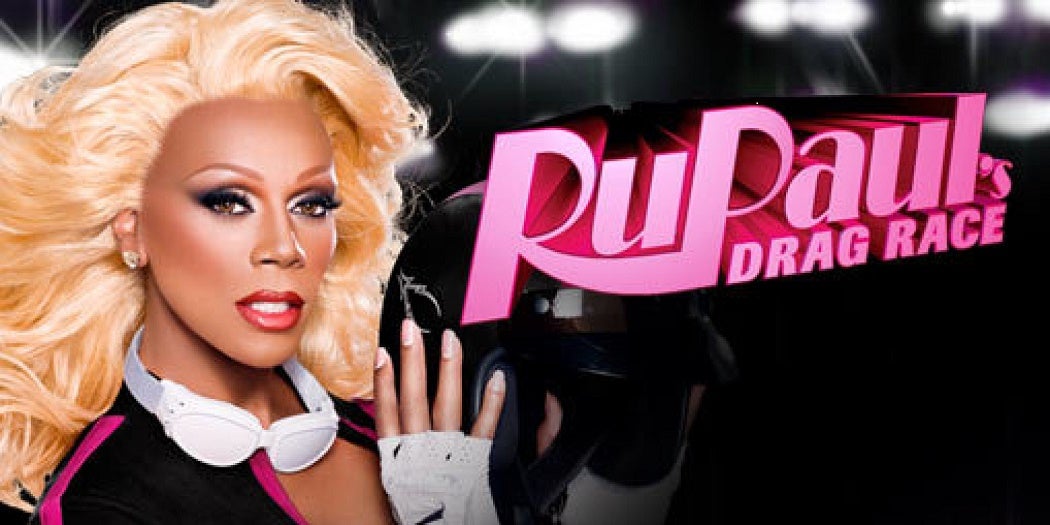The reality television show RuPaul’s Drag Race, which recently completed its sixth season on the Logo television network, is far from running on fumes. With each season, the production has become more elaborate and innovative, an evolution recognized at the 2014 Critics’ Choice Television Awards, where Drag Race won Best Reality Television Show.
However, RuPaul’s Drag Race has also come under criticism from factions of the transgender community for a season-six segment entitled “Female or Shemale?,” which asked contestants to identify the “biological woman” from the “psychological woman” by examining close-up photographs of body parts.
After some hesitation, the show decided to remove the challenge from subsequent rebroadcasts. It also plans to drop a regular feature entitled “You’ve Got She-Mail!” from future seasons, as a campaign to show that it is “newly sensitized” to transgender concerns.
The controversy generated enlightening discussion about the evolving relationship between drag culture and the transgender community, while in the process educating those unaware of the distinction. It should also be noted that three Drag Race contestants came out as transgender either during or after the contest, evidence that drag queen and transgender are not mutually exclusive categories.
A backlash to the backlash has ensued, with prominent transgender critics like Justin Vivian Bond and Jack Halberstam balking at activists’ excessive policing of language (also in the use of the word “tranny” in the San Francisco nightclub “Trannyshack”), which overlooks the history of minorities recuperating slurs as badges of honor—take the word “queer,” for instance. Such trigger sensitivity, Halberstam claims, betrays the humor that has energized earlier queer activism.
This isn’t the first time Drag Race has come under fire for being politically retrograde. In an article in Studies in Popular Culture, “Xtravaganza! Drag Representation and Articulation in ‘RuPaul’s Drag Race,’” Eir-Anne Edgar argues that in RuPaul’s Drag Race, “the form of drag that is rewarded is merely a reassertion of stereotypical gender performance” and that “the limiting scope of the show impedes progress for drag culture.”
Edgar focuses on a season-one episode of Drag Race when the contestant Jade is critiqued for an ineffective “tuck”—disguising the male genitals—during a runway presentation. “It’s interesting to see such a beautiful woman with such a big dick,” RuPaul teases. Edgar reads this as an example of the ways that the show endorses “stereotypical notions of identity” rather than the “layering” of artifice and reality that Halberstam praises in a discussion of drag in the queer theorist’s seminal Female Masculinity.
Yet Edgar’s article misrepresents the show’s often complex and layered play with gender, not only because of its exclusive focus on season one, but also in its undue emphasis on but one of many criteria of judgment—the drag queen’s ability to pass as female.
Edgar’s evidence is the advance to the final three of Rebecca Glasscock, the contestant who is most believably feminine looking (or “fishiest,” to use the show’s own politically incorrect lingo). However, Glasscock is the first of these contestants to be eliminated, partly as a lesson from RuPaul that the drag queens should never “rest on pretty,” as she frequently admonishes. In the finale, two performers far more interested in gender slippages, the wig-tossing Bebe Zahara Benet and the often mohawked Nina Flowers, compete for the title with lip-sync performances that are highly exaggerated and not remotely naturalistic.
Edgar also laments the elimination of Ongina, a “genderqueer” performer from season one, because of her more layered presentation of male and female aspects. However, another genderqueer contestant, the boyish and tattooed Raja, takes the tiara in season three wearing hot pants and a bowler, a complex quotation of Liza Minnelli’s female-to-male androgyny as Sally Bowles in Cabaret.
Edgar’s question of whether “gender articulation become freed up through the activity of drag performance” in RuPaul’s Drag Race may ultimately put an unfair responsibility on an already stigmatized subculture doing brave, inspiring work in the name of entertainment. It also suggests a belief that liberation from the gender system is even possible, perhaps the first illusion the show’s wise drag queens and transgender contestants are keen to dispel.







